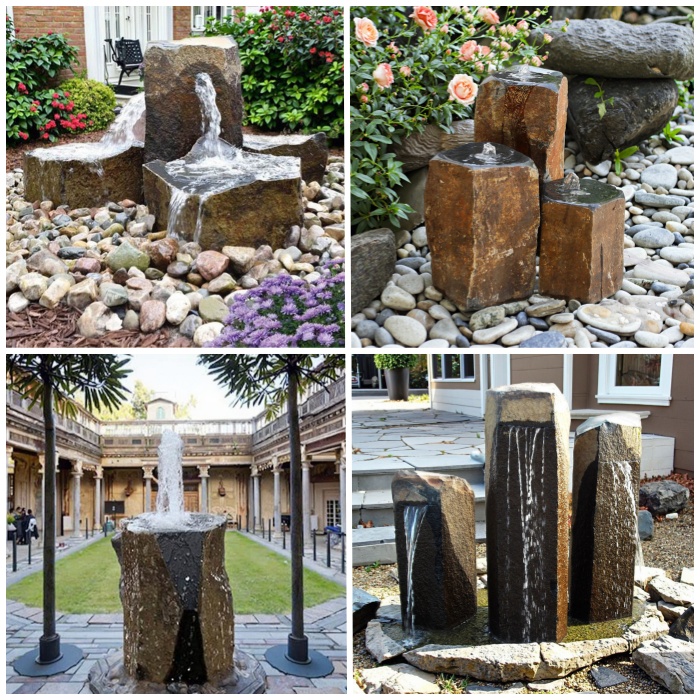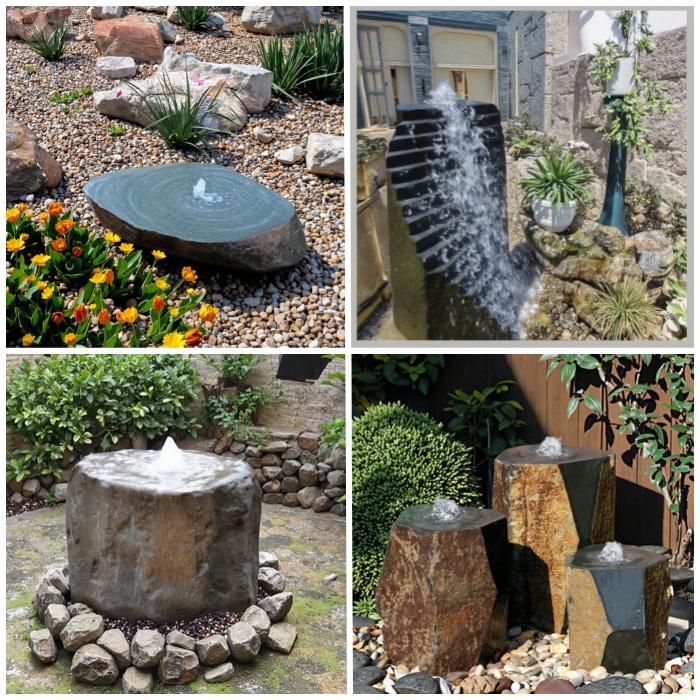The tranquil flow of a stone fountain isn't just aesthetically pleasing—it’s a result of intricate science and engineering. Let’s uncover the key elements that keep the water flowing.
Closed - Loop System: The Core Mechanism
Stone fountains operate on a closed - loop system, recycling water to minimize waste. At the base, a submersible pump draws water from the basin reservoir and pushes it upward through pipes or channels. The pump's strength, measured in GPH, determines the water’s flow height and volume.
Gravity and Hydraulics at Work
Once the pump lifts the water, gravity takes charge, pulling it down to create those beautiful cascades. Hydraulic principles, influenced by the shape and size of fountain channels and openings, control the flow. Narrow openings create high - velocity jets, while wider ones produce gentle sheets of water.
Maintaining Optimal Functionality
For continuous flow, water quality and pressure balance are vital. Over time, debris, algae, and minerals can contaminate the water, clogging the system. Using algaecides, clarifiers, and regular cleaning help keep it clean. Balancing the pressure—neither too high to damage the system nor too low for weak flow—also ensures smooth operation.
The Blend of Art and Science
Fountain design marries science with aesthetics. Location, surrounding environment, and construction materials all impact the water’s flow and appearance. For example, a windy spot may need a stronger pump, and different stones affect how water sounds and looks.
In essence, stone fountains are a harmonious blend of science, engineering, and art. Grasping these concepts enhances our enjoyment and helps with proper maintenance.
Written By Wendy Lin
Post time: Jul-11-2025








